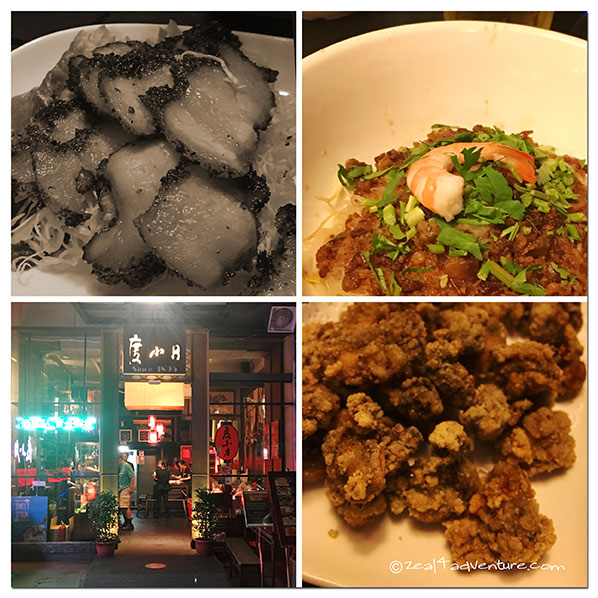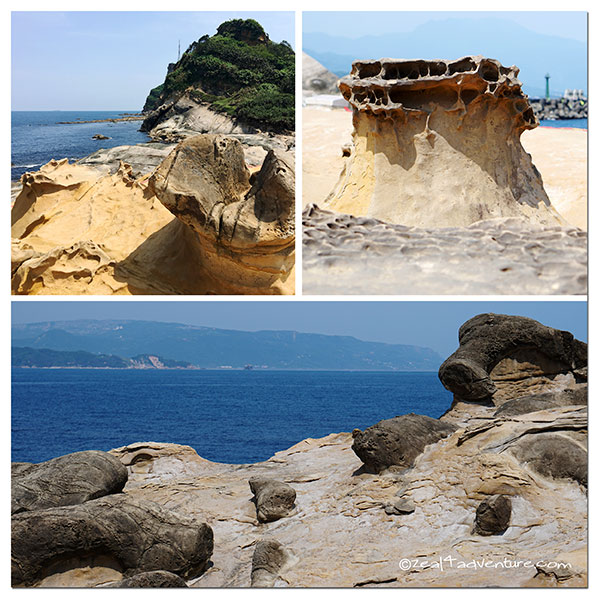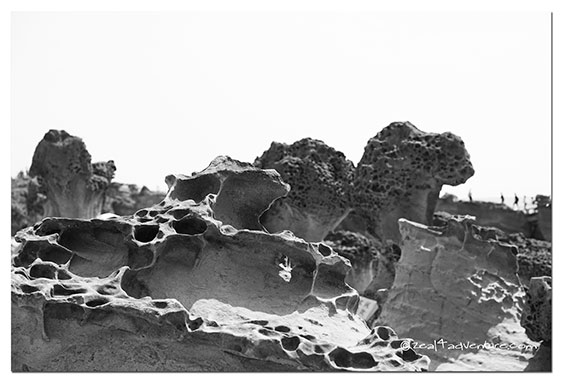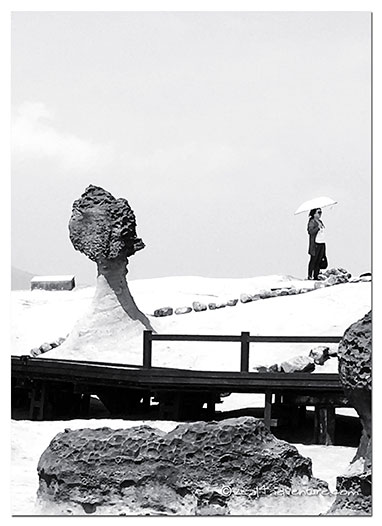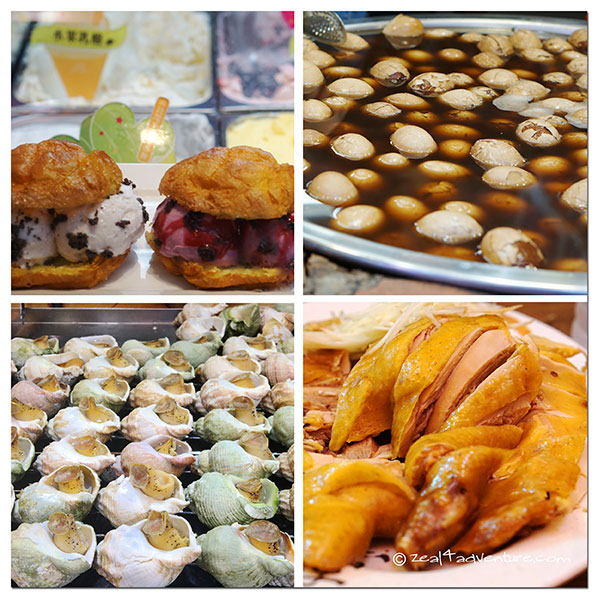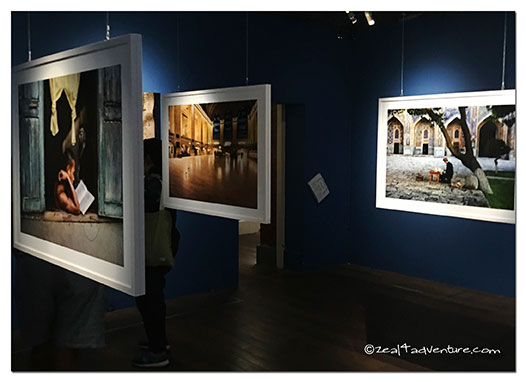So in response to the growing pandemic of COVID-19 in the Philippines, our President declared the entire Luzon under enhanced community quarantine. It is essentially a lockdown—movement restrictions with exceptions (the front-liners such as medical professionals, grocery clerks, restaurant workers, truck drivers, warehouse workers, and sanitation workers).
Although I am on a work from home arrangement, I have more time in my hands, and so I’ve decided to give this blog a little love.
So I continue with our Holy land journey focusing on Israel this time.
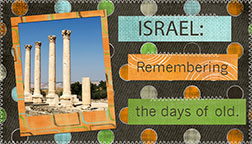
The land of Israel is also known as the Holy land or Palestine. It is the birthplace of Judaism and Christianity.
Until 1948, the land of Israel had lain in a virtual state of waste for over 1900 years. As God had promised in Ezekiel 11:16-20, He gave back the land of Israel to the Jews and gathered them from the nations to which He had exiled them. Today, over 6 million Jews have returned to Israel from more than 102 different countries representing 38 languages. The deserted desert land is once again blooming as promised.
Some Significant Places Not to be Missed
Follow me as we step into history through the sites where my faith was born, tested, and proven. We will walk where Jesus walked, taught, and died.
Dead Sea
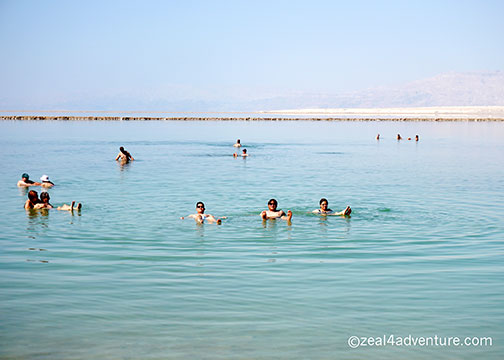
A salt lake bordered by Jordan and Israel. It lies in the Jordan Rift Valley, and its main tributary is the Jordan River. The Dead Sea is the lowest point on the earth’s surface, which extends from Asia Minor to Africa. Its shoreline is 430 meters below sea level, 72 kilometers long, and 18 kilometers wide.
It is one of the most unusual lakes in the world, and people from all over the world flock to this hypersaline phenomenon. It has no outlet, so water is only lost by evaporation, making it the world’s saltiest body of water.
Rich in mineral content, many as far back, Cleopatra has been making use of the Dead Sea mineral for beauty treatments and health remedies. It contains 33% salt and 328 minerals, such as magnesium, bromide potash, potassium, and other metals. Its concentration of salt and minerals is about 50% compared to 5% of that of regular oceans.
Because it smells of rotten eggs from the sulfur of the earth, the Dead Sea (also referred to the Salt Sea in the Bible) has been called many names — Sea od Sodom, Sea of Lot, and the Stinking Sea. According to the Book of Genesis, God “rained fire and brimstone from heaven and destroyed all of Sodom and Gomorrah. They once stood at the south end of the sea, they were submerged beneath the waters that formed the lowest and saltiest lake in the world.
Masada National Park
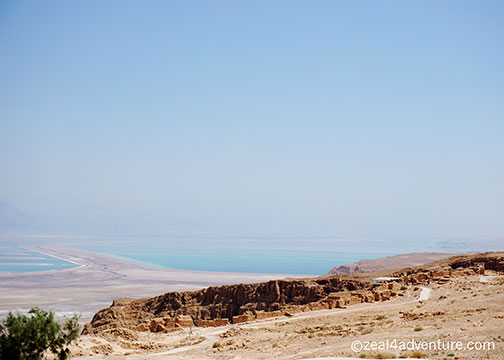
On the western shore of the Dead Sea, between Sodom and Ein Gedi is a natural fortress on a mesa in the Judean Desert. The plateau rises 440 meters above the Dead Sea and is surrounded by a deep gorge on all sides. Its remote location made it a natural fortress.
Masada shows the engineering and architectural abilities of Herod the Great.

He kept his family at Masada during the years of his struggle for power in Judea. In the days of the Great Revolt, a group of Jewish rebels besieged by the Roman army entrenched themselves in Masada.
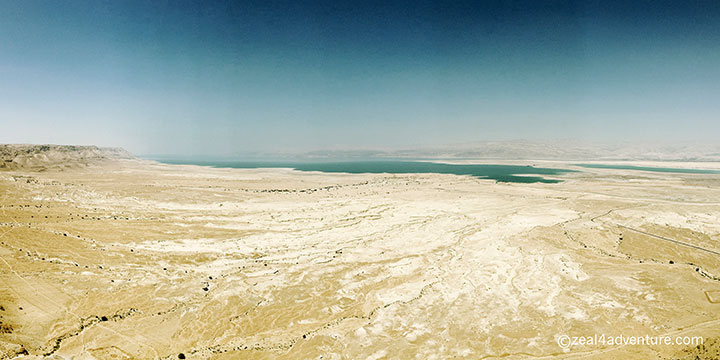
From its beautiful views of the desert and the Dead Sea to the legend behind it, this stunning archeological site is a UNESCO World Heritage Site and a must-see.
Qumran
In 1947, two Bedouin shepherd boys found the Dead Sea scrolls, the oldest known copies of biblical texts, in caves north of ancient ruins near the Dead Sea.
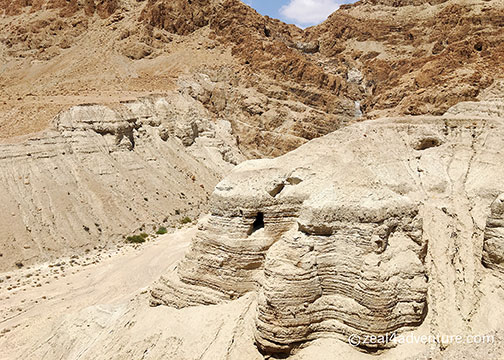
Its origin, which was written between 150 B.C. and 70 A.D., remains the subject of scholarly debate to this day. They are supposedly the work of a Jewish population that inhabited Qumran until Roman troops destroyed the settlement around 70 A.D.

The Dead Sea Scrolls include fragments from every book of the Old Testament except for the Book of Esther.
Ein Gedi

The literal translation of Ein Gedi from Hebrew means “the spring of the young goat.” It is the biggest and the most crucial oasis in Israel. It has springs and waterfalls and flowing brooks at the foot of the cliffs. You can find trails of dessert streams along the reserve. The abundance of water yields thriving vegetation that formed the foundation of its ecosystem.

There is much to explore throughout this expansive park, including archeological sites that date back to the 1st century. Still, the most popular is David’s waterfalls.

The site was known in the Biblical times as fertile, blessed by the spring it is named after. This area is where David hid from the pursuing King Saul (1 Samuel 23 29: “And David went up from thence, and dwelt in strongholds at Engedi “).
Beit She’an

Walk back through time as you explore an old theater that is still in use today, a public bathhouse, two streets with partial columns still standing, temple ruins, and many more ancient sites.
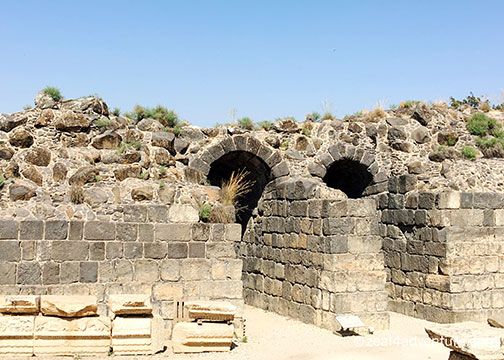
A city in Northern Israel, which has played an essential role in history due to its geographical location, where the Jordan River Valley and the Jezreel Valley meet.

In biblical account, the most famous episode featuring Beit She’an follows the death of King Saul on Mt. Gilboa (1Sam 31:8-13 and Chronicles 10:8-12). Later, Beit She’an became incorporated into the Kingdom of King David and his son Solomon. It became a significant administration center in Solomon’s Kingdom.
There is so much to explore in Israel so I will break Israel into 2 parts, so join me on my next post as I share with you more of this small diverse country.
Stay safe, everyone. Praying that you are all well. Let stay away from crowds so we can flatten the curve. God Bless us all, and may this pandemic end soon.

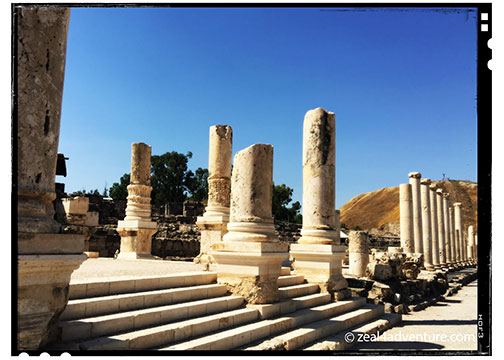
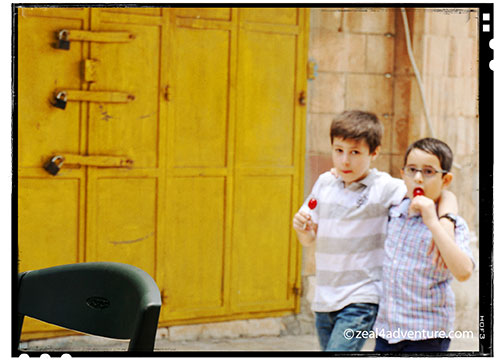






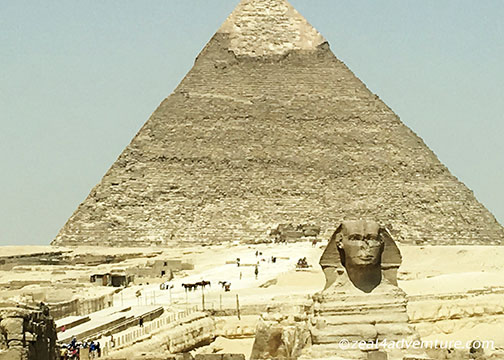



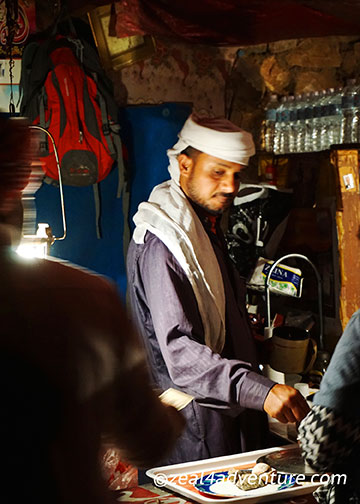



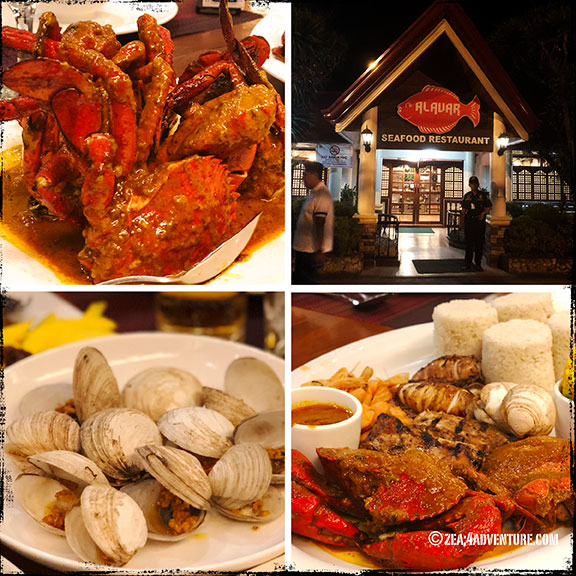
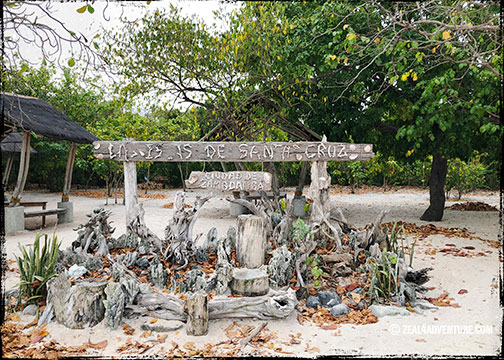


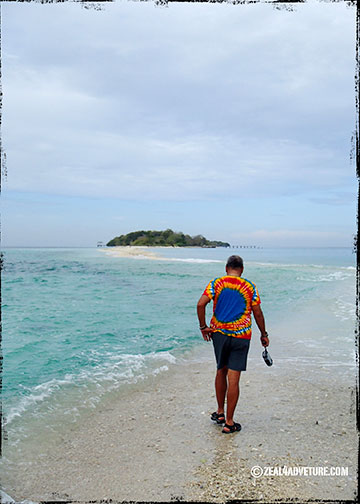

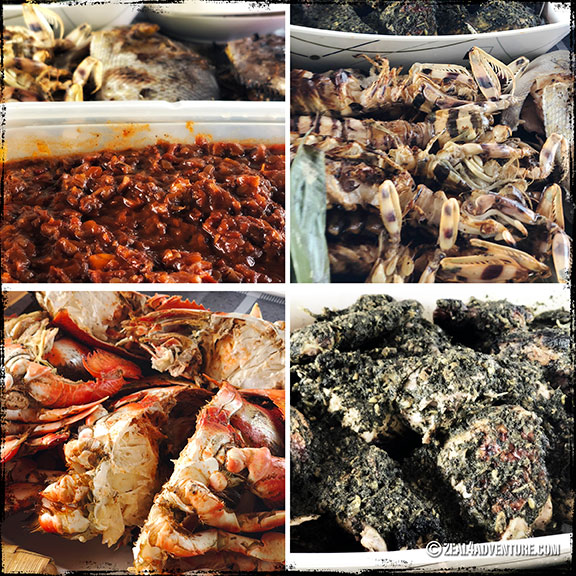
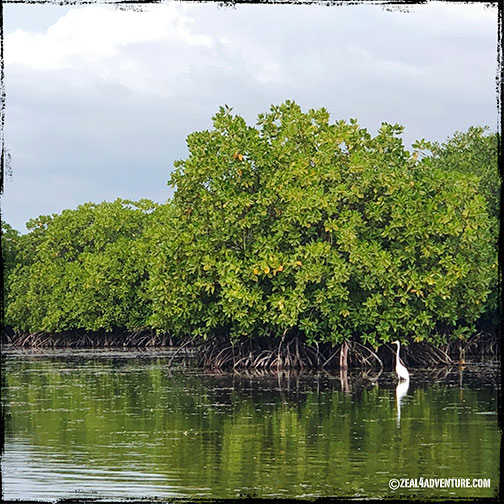



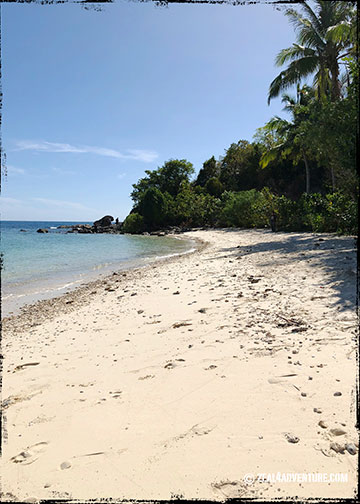
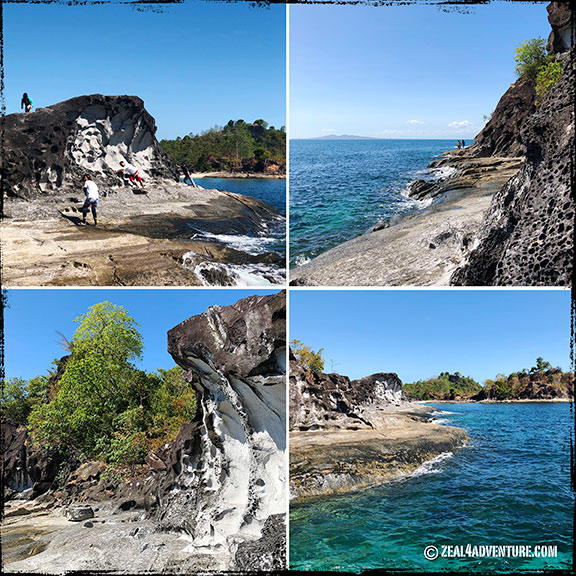










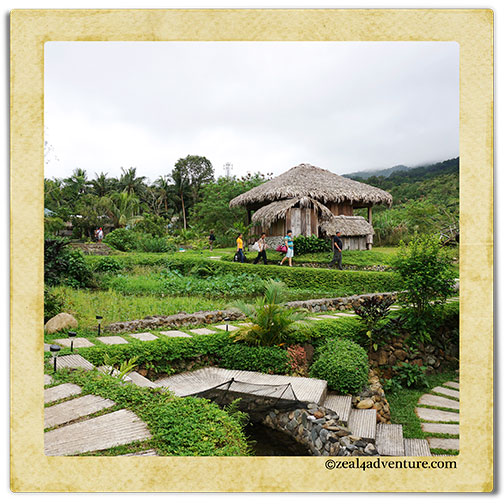




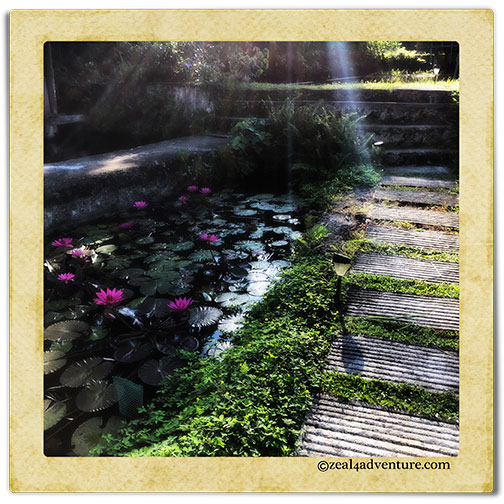








 Once an important trading hub, the British East India Company established spice farms throughout the island. The export of these spices helped cover the administrative cost of Penang in its early years.
Once an important trading hub, the British East India Company established spice farms throughout the island. The export of these spices helped cover the administrative cost of Penang in its early years.



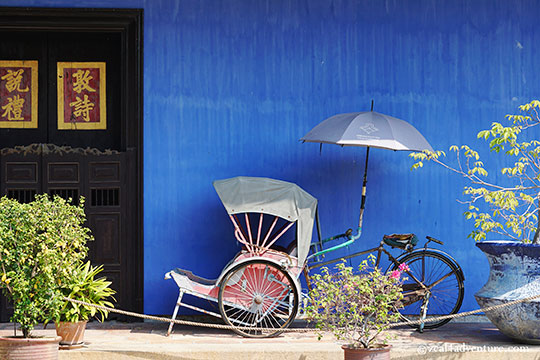
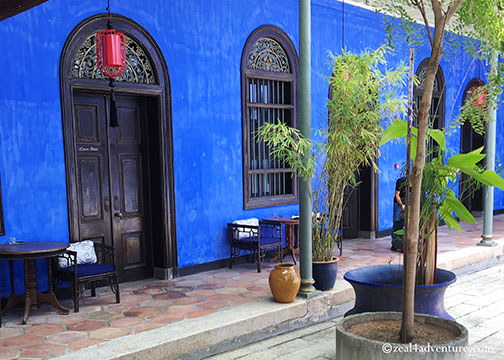


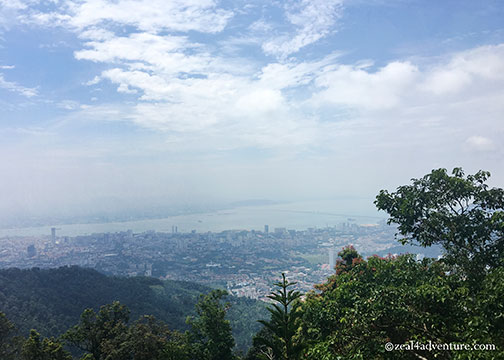






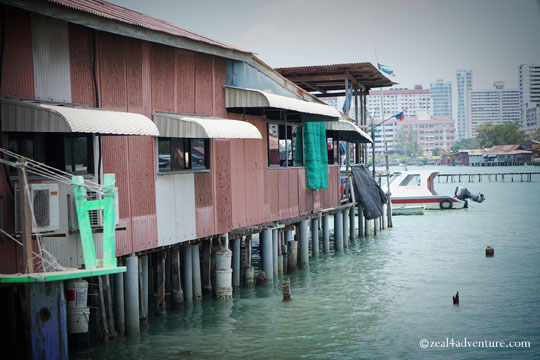







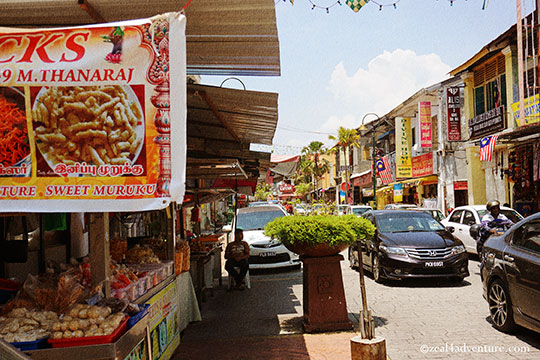

 Though still pretty much under the radar, this sleepy town is fast becoming a foodie and adventure destination. On our way to Penang, we stopped by Ipoh in Perak to see what some travel enthusiasts are raving about. We arrived on a Sunday and lo and behold, half of Ipoh was indeed asleep. Shops and quite a few restaurants were closed.
Though still pretty much under the radar, this sleepy town is fast becoming a foodie and adventure destination. On our way to Penang, we stopped by Ipoh in Perak to see what some travel enthusiasts are raving about. We arrived on a Sunday and lo and behold, half of Ipoh was indeed asleep. Shops and quite a few restaurants were closed.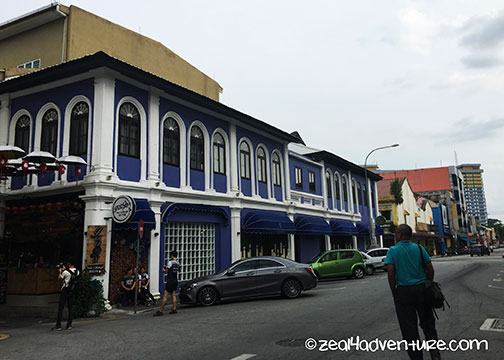
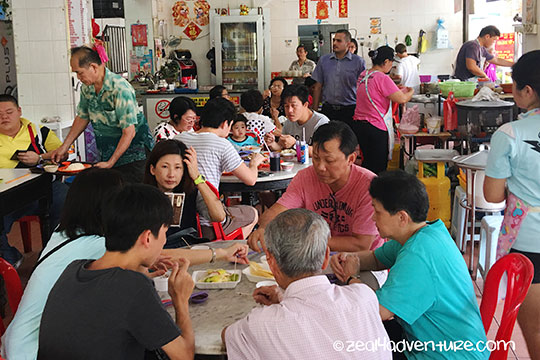
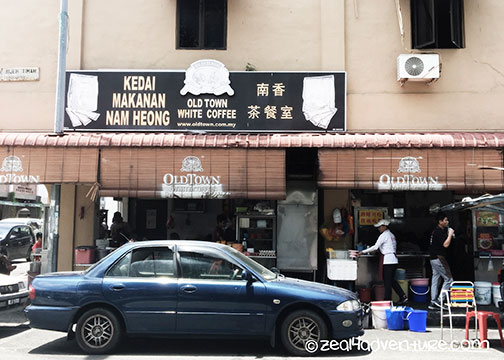
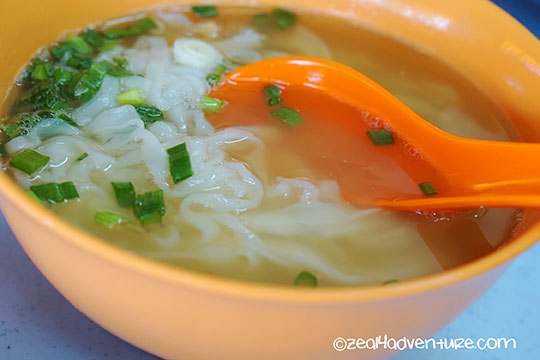




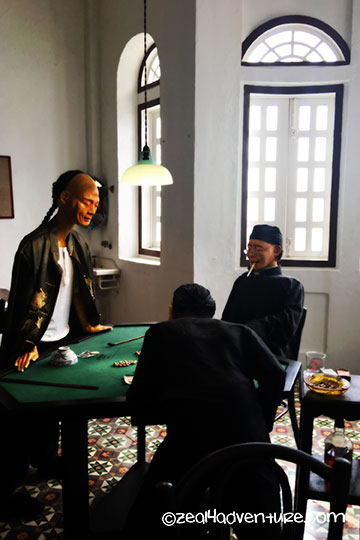
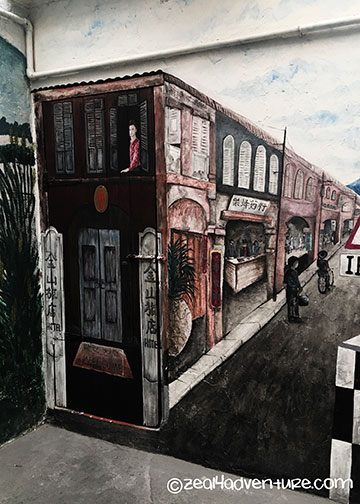

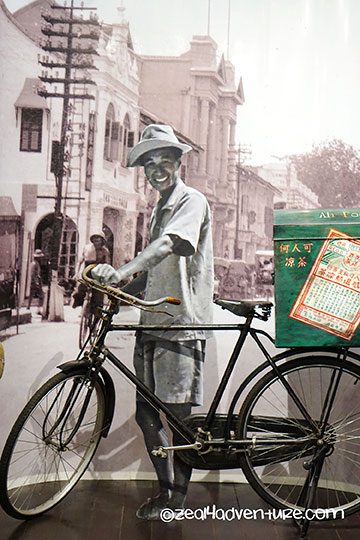
 Concubine Lane in between the two structures as seen from the balcony of Han Chin Pet Soo.
Concubine Lane in between the two structures as seen from the balcony of Han Chin Pet Soo.



 A replica of what the living could have been.
A replica of what the living could have been.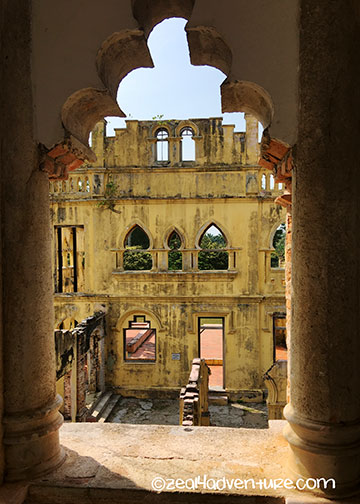
 (via this…)
(via this…)

 The fairly new light house (it was in the middle of construction when I was last there some ten years ago) standing tall as you approach the island.
The fairly new light house (it was in the middle of construction when I was last there some ten years ago) standing tall as you approach the island. The beautiful coastline as you approach Savidug
The beautiful coastline as you approach Savidug
 Typical stone houses with cogon (grass) roof.
Typical stone houses with cogon (grass) roof.
 The mountain backdrop adding to its charm.
The mountain backdrop adding to its charm. Houses in Chavayan
Houses in Chavayan The ruins in Savidug
The ruins in Savidug Scenes of everyday life in the island
Scenes of everyday life in the island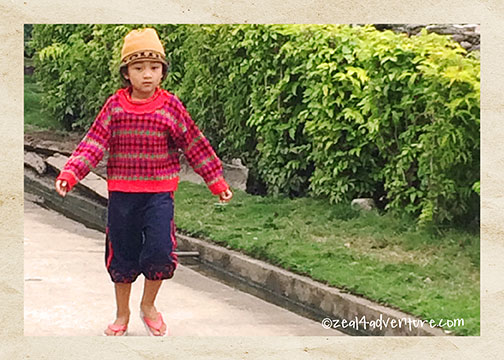
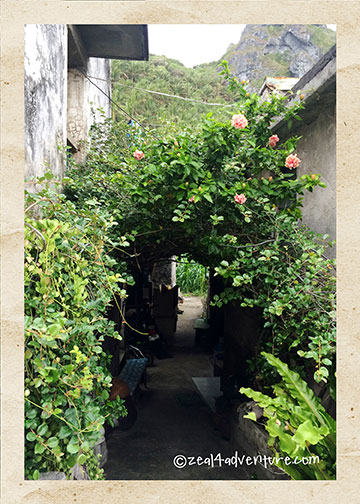
 Chamantad Viewpoint
Chamantad Viewpoint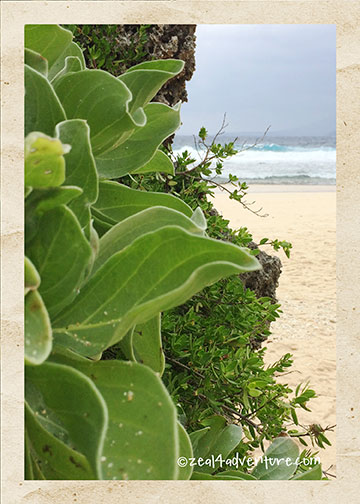 Morong Beach
Morong Beach
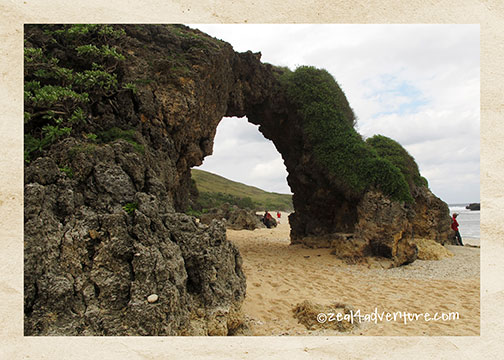 The famous Mahayao Arch in Morong Beach
The famous Mahayao Arch in Morong Beach Last but not the least, lunch at the beach before heading back to the main island of Batanes.
Last but not the least, lunch at the beach before heading back to the main island of Batanes.

